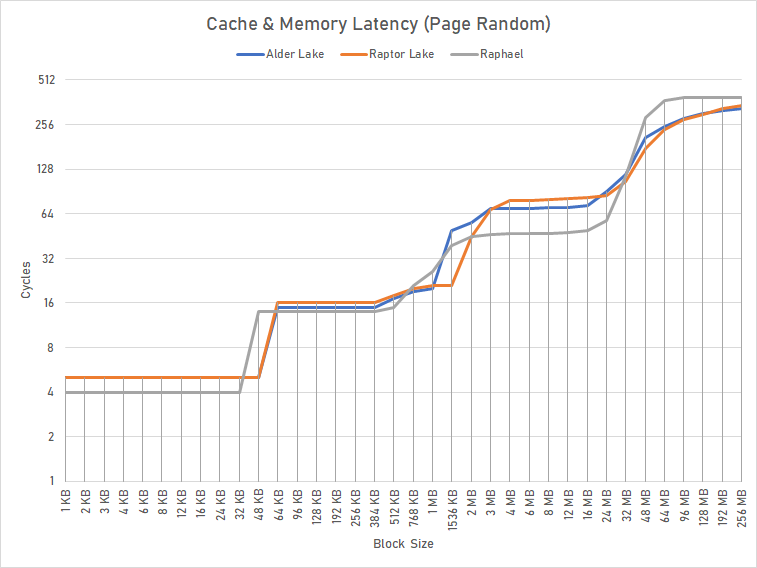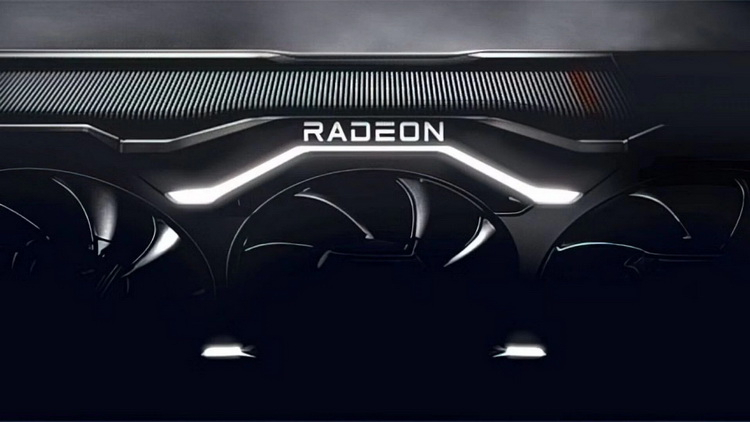
Intel has long ago abandoned the \"tick-tock\" approach in development, but nevertheless, its echoes can still be caught when the company launches new products.For example, the Alder Lake, which didn't quite fit this principle and introduced both a new process technology and a new architecture at once, was replaced by the new generation of Raptor Lake, which has clear signs of an intermediate technological step \"optimization\".This stage became a popular method of processor improvement in the times of Skylake architecture domination and Intel doesn't give it up even today.But there is an important difference: now the optimization steps are related not so much to the desire to maximize the lifecycle of old designs, as to increase the pace of CPU generation change.Raptor Lake is already the third family of Intel desktop processors since the beginning of 2021, and it would be strange to expect from it any dramatic innovations.At the same time, Raptor Lake is a far cry from the kind of \"optimization\" the company resorted to when getting Coffee Lake and Comet Lake from Kaby Lake.This time Intel's approach is much more thorough, and Raptor Lake isn't just Alder Lake with extra processing cores. For one thing, Raptor Lake does inherit all the main features of Alder Lake.It's a hybrid processor based on the same principles, built with performance and power-efficient cores with the same microarchitecture as before.What's more, it's designed for the LGA1700 ecosystem and is fully compatible with older motherboards and supports both DDR5 and DDR4 memory.On the other hand, Raptor Lake has a significant increase in clock speeds, which is due to improvements in the Intel 7 process technology.In addition, the new processor has received a doubled number of E-core and, in addition, all of its cores have increased the amount of cache memory on Level 2.Thus, although Raptor Lake can not be called a full-scale upgrade, it has a sufficient set of advantages for both low- and multi-threaded loads.And that means that from a user perspective, Raptor Lake should be better than Alder Lake literally everywhere: in resource-intensive content creation and processing applications as well as in gaming workloads.How significant these improvements are from a practical point of view, and we will analyze in this article.⇡#Performance and energy-efficient cores Raptor LakeStarting the search for deep differences between Raptor Lake and Alder Lake, it is worth clarifying that they are produced by the same Intel 7 process technology, that is 10-nm norms (the full name of the technology process - 10 nm Enhanced SuperFin).Moreover, the cores underlying Raptor Lake, too, can not be called new: it's not even a redesign, but rather what is called the word \"refresh\".In fact, all internal improvements in the new CPU affect only cache memory and DDR4/DDR5 controller, but do not touch other functional blocks.In this sense, Raptor Lake could not even be called a new code name, but simply Alder Lake 2.0.However, in the absence of explicit microarchitectural changes, the performance cores of Raptor Lake compared to Golden Cove cores of Alder Lake processors have received a much higher clock speed.And this is due to evolutionary improvements in the manufacturing process.While the lithography resolution hasn't changed, Raptor Lake uses an optimized version of Intel's 3rd generation SuperFin transistors with reduced channel resistance.This allowed Intel engineers to reconsider the dependence of core frequency on their voltage and eventually achieve an increase in clock speeds without a noticeable increase in power supply voltage.In describing the new relationship, Intel points out that at equal frequency, Raptor Lake can use 50 mV less voltage than Alder Lake, and at equal voltage its frequency can be 200 MHz higher. Combining these improvements, engineers were able to push the maximum frequency of Raptor Lake's performance cores to 5.8 GHz, 600 MHz more than the frequency limit of Alder Lake! The optimized processor not only enabled higher frequencies, but also increased the transistor budget that was used to increase the number of cores.While the Alder Lake chip contained eight performance and eight power-efficient cores, Raptor Lake doubled the number of power-efficient cores.In other words, without changing technology norms, Intel made the first civilian processors with 24 cores (16 of which are energy efficient). However, all this did not go unnoticed for power consumption and heat dissipation.While the thermal package of the senior Raptor Lake remained at 125W, the limit of their maximum power consumption had to be pushed to 253W.And that means


0 Comments